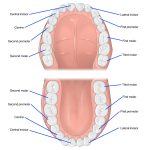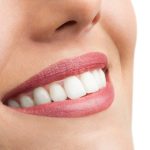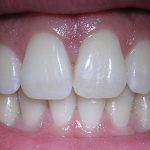Cat Dental Care: How Often Should You Brush Your Cat’s Teeth?
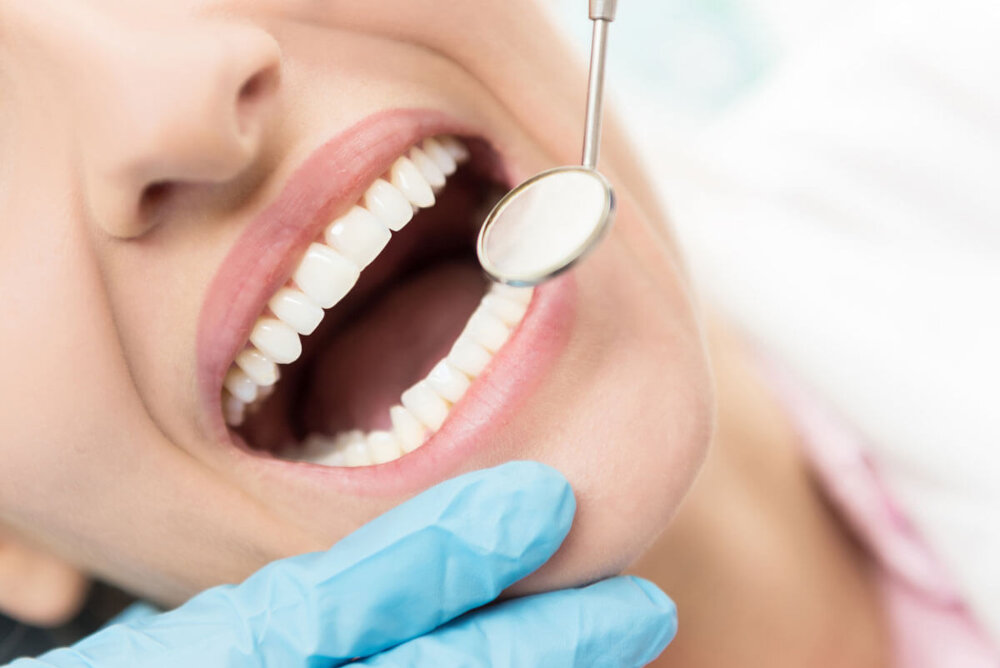
Cats are known for their independent and self-sufficient nature. They are low-maintenance pets that do not require daily walks, baths, or rigorous grooming. However, cat owners often overlook the importance of dental care for their feline companions. Just like humans, cats can suffer from dental problems such as gum disease, tooth decay, and bad breath. Regular brushing of their teeth can prevent such issues, but many cat owners are unsure about how often they should brush their cat’s teeth. Dental care is an essential part of a cat’s overall health and well-being. Neglecting their dental hygiene can lead to serious health problems, including infections, tooth loss, and even organ damage. Brushing your cat’s teeth is the best way to keep their teeth and gums healthy. However, unlike dogs, most cats do not enjoy having their teeth brushed. Therefore, it is essential to know the right frequency and technique to make the experience less stressful for both you and your furry friend. In this article, we will discuss how often you should brush your cat’s teeth and tips on making the process easier.
Dental care is an essential aspect of overall health for cats. Neglecting dental hygiene can lead to serious health problems such as gum disease, tooth decay, and even organ damage. Regular brushing of your cat’s teeth helps prevent these issues and also reduces bad breath. Additionally, dental problems can cause your cat discomfort and pain, leading to a decrease in appetite and weight loss. By maintaining good dental hygiene for your cat, you can ensure their overall health and well-being, and prevent costly veterinary bills in the future. It is recommended to brush your cat’s teeth at least once a week, and to schedule regular dental check-ups with a veterinarian to catch any potential issues early on.
Dental issues in cats are a common problem that pet owners often overlook. The most common dental problems in cats include periodontal disease, tooth decay, and broken teeth. Periodontal disease is caused by a buildup of bacteria on the teeth and gums, leading to inflammation and infection. Tooth decay occurs when bacteria in the mouth produce acid that breaks down the tooth enamel. Broken teeth can result from trauma or chewing on hard objects. These dental issues can cause pain, difficulty eating, and even systemic health problems. Regular dental checkups and professional cleanings, along with daily brushing at home, can help prevent these problems and keep your cat’s teeth and gums healthy.
Understanding Your Cat’s Teeth
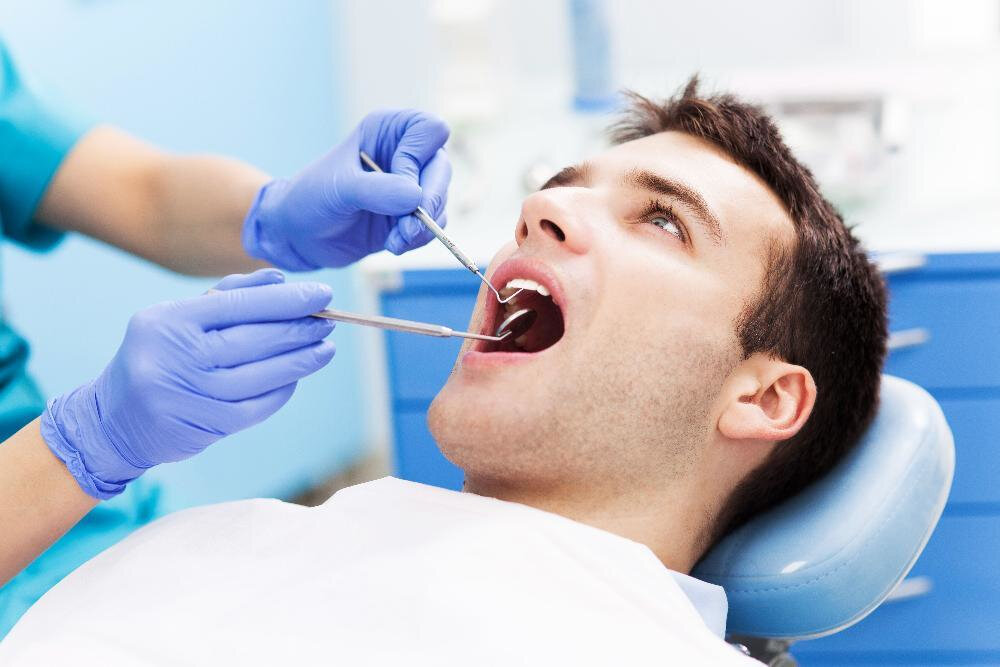
Understanding your cat’s teeth is crucial for maintaining their overall health and well-being. Cats have 30 adult teeth that are designed for tearing and cutting food, as well as grooming their fur. Their teeth are different from human teeth because they have sharp, pointed cusps that are ideal for hunting and eating prey. However, this also means that their teeth are prone to developing tartar and plaque buildup, which can lead to dental problems like gingivitis, periodontitis, and tooth loss. By familiarizing yourself with your cat’s teeth and monitoring their oral health, you can help prevent dental issues and ensure that your cat stays healthy and happy. When examining your cat’s teeth, it’s important to look out for signs of dental disease, such as bad breath, swollen or bleeding gums, loose or missing teeth, and difficulty eating or chewing. Regular brushing and dental checkups can help prevent these issues from developing, as well as promote good oral hygiene. While brushing your cat’s teeth may seem daunting, it’s a simple and effective way to maintain their dental health. Aim to brush your cat’s teeth at least once a week using a soft-bristled toothbrush and toothpaste designed specifically for cats. If your cat is resistant to brushing, start by getting them used to the toothbrush and toothpaste by letting them lick it off your finger. Over time, they may become more comfortable with the process and allow you to brush their teeth more thoroughly.
A cat’s dental anatomy is an essential aspect of their overall health and well-being. The feline mouth consists of 30 teeth, including canines, incisors, premolars, and molars. The fangs or canines are situated at the front of the upper and lower jaws for hunting and defense purposes. The incisors are in the front of the mouth and are used for grooming and biting. Premolars and molars are located towards the back of the cat’s mouth and crush and grind food. The cat’s teeth have a unique structure with a crown, neck, and root. The crown is the visible part of the tooth, while the neck is the area where the tooth meets the gum line. The root is the part of the tooth located beneath the gum line. It is crucial to take care of your cat’s teeth to prevent tooth decay, periodontal disease, and other dental issues.
Cats are obligate carnivores and their teeth have evolved to reflect their diet. They have a total of 30 teeth, which includes 16 premolars, 4 canines, 10 molars, and no incisors. Their canines are long and sharp, and are used for catching and killing prey. The premolars and molars are used for chewing and grinding food. Unlike humans, cats do not have flat molars for grinding, but instead have sharp, pointed molars that can shear through meat and bone. Additionally, cats have a unique dental structure that allows them to swallow their prey whole, without the need for extensive chewing. Overall, understanding the types of teeth cats have is important for maintaining their dental health and ensuring they receive the proper care they need.
Teeth are integral to the digestive process of a cat, as they are used to break down food in preparation for digestion. Beyond their importance to a cat’s digestive system, teeth also play a critical role in a cat’s overall health and well-being. Healthy teeth allow cats to play, groom themselves, and interact with their environment without pain or discomfort. Neglecting dental hygiene can lead to a range of dental and health problems, including periodontal disease, tooth decay, and infections that can spread to other parts of the body. Regular brushing and dental checkups can help maintain a cat’s oral health and prevent serious health issues down the line.
Signs of Dental Issues in Cats
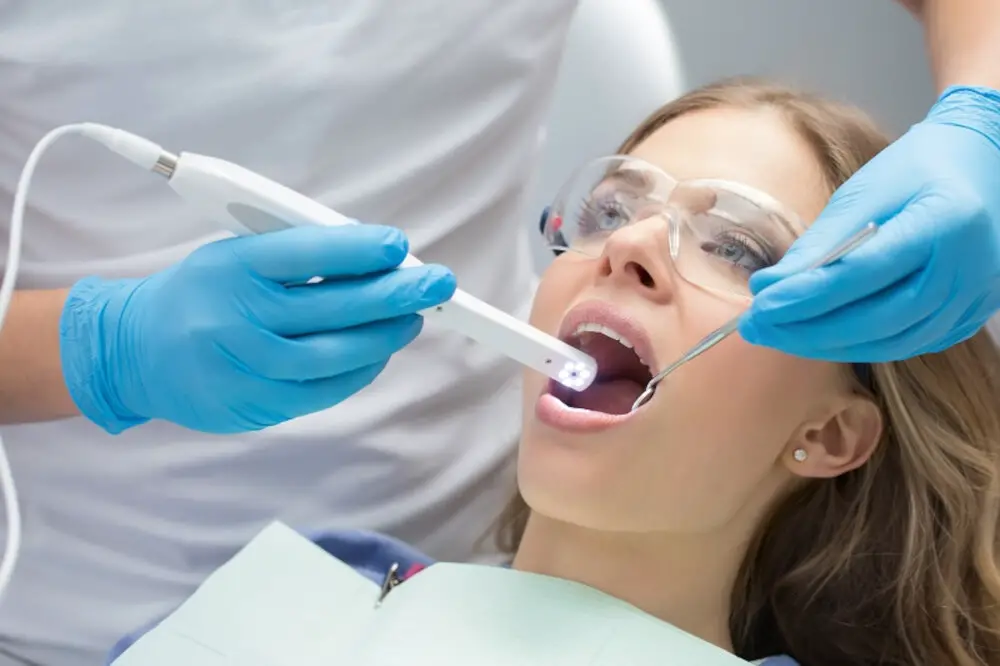
Cats are known for their fastidious grooming habits, but even the most well-groomed feline can develop dental issues. As a responsible pet owner, it is important to keep a close eye on your cat’s dental health and be aware of the signs of dental problems. One of the most common signs of dental issues in cats is bad breath. If your cat’s breath smells foul, it could be a sign of gum disease, tooth decay, or other dental problems. Other signs to watch out for include difficulty eating, drooling, pawing at the mouth, and changes in behavior such as aggression or lethargy. If you notice any of these signs, it is important to schedule a visit with your veterinarian right away. Prevention is key when it comes to cat dental care. One of the best ways to prevent dental issues in cats is to establish a regular brushing routine. While it might seem daunting at first, brushing your cat’s teeth can become a simple and rewarding part of your daily routine. Start by introducing your cat to the toothbrush and toothpaste gradually, using positive reinforcement to encourage good behavior. Brushing your cat’s teeth at least three times a week can help remove plaque and prevent the buildup of tartar, which can lead to more serious dental problems down the line. In addition to regular brushing, providing your cat with dental-friendly treats and toys can also help promote good dental hygiene and keep your furry friend’s teeth healthy and strong.
Cats, like humans, can also experience dental problems. One of the most common dental issues in cats is periodontal disease, a bacterial infection that affects the gums and teeth. If left untreated, periodontal disease can lead to tooth loss, pain, and infection. Another common dental problem in cats is tooth resorption, which occurs when the tooth structure deteriorates, leading to tooth loss and pain. Other dental issues that cats may experience include broken or fractured teeth, gingivitis, and oral tumors. Proper dental care, including regular brushing, dental exams, and professional cleanings, can help prevent these issues from occurring and ensure your cat’s oral health.
Dental problems in cats can be difficult to detect as they tend to hide their pain, but there are several signs to look out for. Bad breath is often the first noticeable symptom, along with visible tartar build-up on teeth. Cats may also experience difficulty eating, pawing at their mouth, drooling excessively, or exhibiting behavioral changes such as becoming more withdrawn or aggressive. In severe cases, cats may develop swollen gums, loose or missing teeth, or even abscesses in their mouth. Regular dental care, including brushing your cat’s teeth, can help prevent these issues from occurring and maintain your cat’s overall health and well-being.
Regular dental checkups are crucial for maintaining your cat’s oral health. Just like humans, cats can develop dental problems such as gum disease, tooth decay, and oral infections. If left untreated, these issues can lead to pain, discomfort, and even loss of teeth. During a dental checkup, a veterinarian can identify these problems early on and provide appropriate treatment. Additionally, regular dental cleanings can prevent the buildup of plaque and tartar, which can cause bad breath and contribute to dental problems. By scheduling regular dental checkups for your cat, you can ensure that they have a healthy and pain-free mouth.
How Often Should You Brush Your Cat’s Teeth?
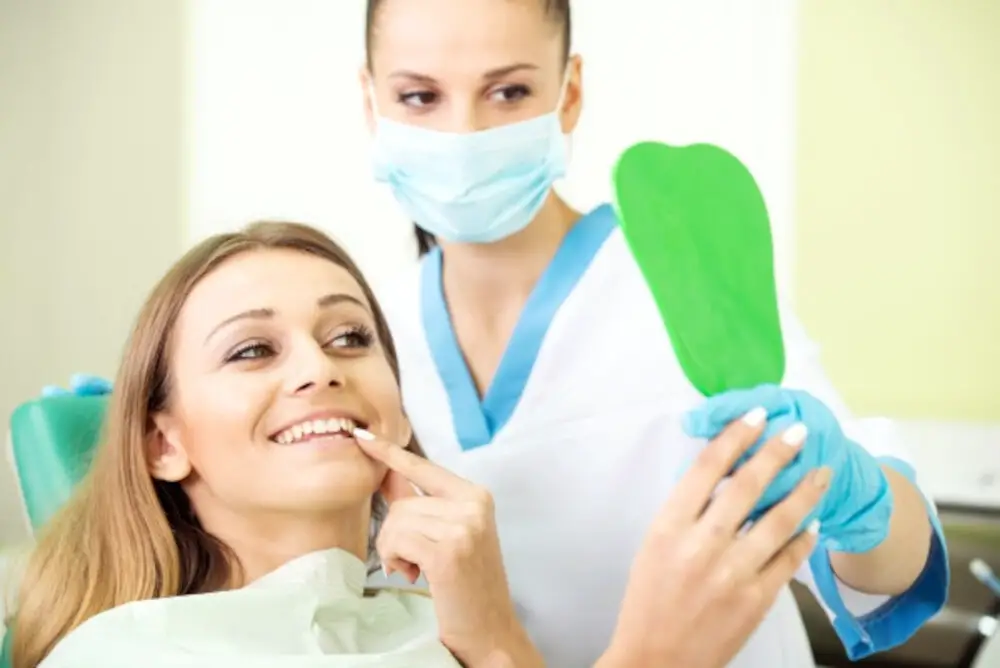
As a cat owner, it’s important to keep your furry friend’s teeth and gums healthy. One of the best ways to do this is by brushing their teeth regularly. But how often should you brush your cat’s teeth? Ideally, you should aim to brush your cat’s teeth at least once a day. This may sound like a lot, but it’s the best way to prevent dental problems such as tartar buildup, gum disease, and bad breath. If your cat is not used to having their teeth brushed, it may take some time to get them comfortable with the process. Start by introducing them to the toothbrush and toothpaste gradually, allowing them to sniff and taste them before attempting to brush their teeth. Use a soft-bristled toothbrush designed specifically for cats, and never use human toothpaste as it can be harmful to your cat’s health. With patience and persistence, you can train your cat to accept regular teeth brushing as part of their grooming routine, helping to keep their teeth and gums healthy for years to come.
Brushing your cat’s teeth has numerous benefits that can improve their overall health and well-being. Firstly, it helps prevent periodontal disease, a common condition in cats that can lead to tooth loss, pain, and infection. By getting rid of plaque and tartar buildup, brushing can also help prevent bad breath, which is often a sign of dental issues. Regular brushing can also help detect any abnormalities in your cat’s mouth, such as broken teeth or swollen gums, which can be indicators of more serious health problems. Additionally, brushing your cat’s teeth can help improve their immune system, as dental issues can lead to infections that can spread throughout the body. While it may take some patience and practice to get your cat used to having their teeth brushed, the benefits far outweigh the inconvenience.
Proper dental care is essential to ensure the overall health and well-being of your feline friend. Regular brushing of your cat’s teeth is an effective way to prevent the buildup of plaque and tartar, as well as to reduce the risk of periodontal disease. The frequency of brushing your cat’s teeth will depend on several factors, including their age, diet, and overall dental health. As a general rule of thumb, it is recommended to brush your cat’s teeth at least 2-3 times a week. However, if your cat is prone to dental issues or has a diet that is high in carbohydrates or sugars, you may need to brush their teeth more frequently. Always consult with your veterinarian for specific recommendations tailored to your cat’s individual needs. With proper care and attention, you can help ensure that your cat maintains good oral health and a happy, healthy life.
Getting your cat used to having their teeth brushed can take some time and patience, but it’s worth it for their dental health. Start by introducing them to the toothbrush and toothpaste gradually, letting them sniff and taste it. Then, begin by gently rubbing their teeth and gums with your finger or a soft cloth. Gradually work up to using the toothbrush and toothpaste, starting with just a few teeth at a time. Offer plenty of praise and treats throughout the process to create a positive association. It’s recommended to brush your cat’s teeth at least 2-3 times a week to maintain good oral hygiene. Remember to use a toothbrush and toothpaste specifically designed for cats and to never use human products. With a little patience and persistence, your cat can become comfortable with regular teeth brushing and enjoy better dental health.
Other Ways to Promote Dental Health in Cats
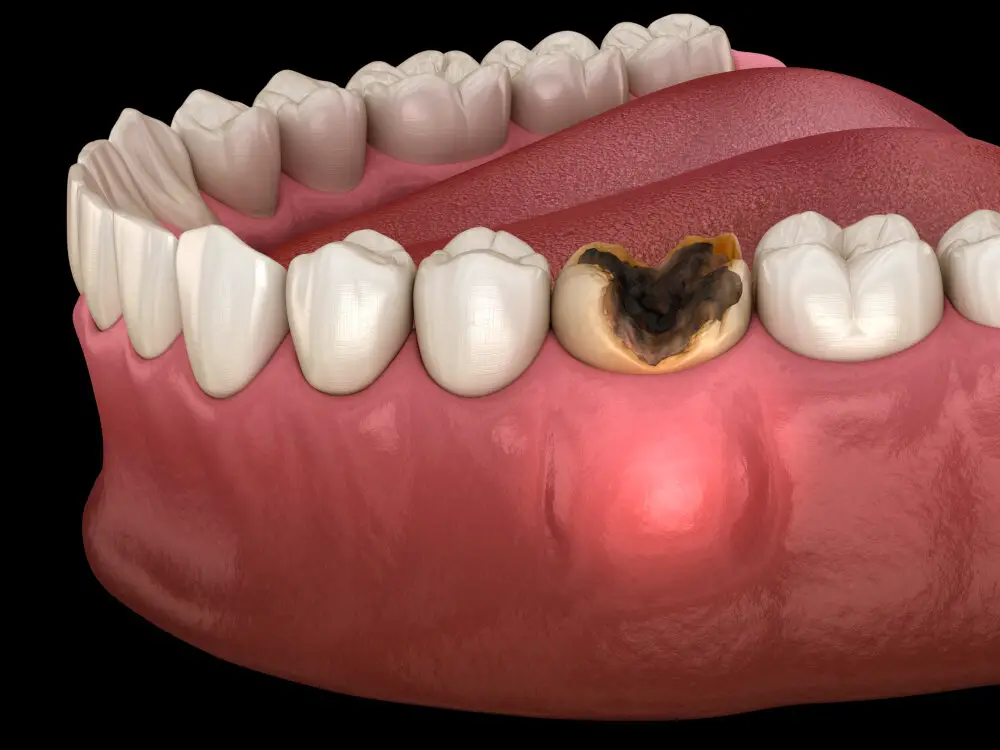
In addition to regular teeth brushing, there are several other ways to promote dental health in cats. One effective method is providing dental treats and toys that are specifically designed to clean teeth and massage gums. These treats and toys are available in various shapes and sizes, such as dental chews, dental sticks, and dental balls. Some of these products also contain enzymes that help break down plaque and prevent tartar buildup. However, it is important to choose treats and toys that are appropriate for your cat’s age, size, and chewing habits. You should also supervise your cat while they are using dental toys to prevent any choking or ingestion hazards. Another way to promote dental health in cats is by incorporating dry food into their diet. Dry kibble has a crunchy texture that can help remove plaque and tartar from teeth, especially if the kibble is larger and requires more chewing. However, it is important to consult with your veterinarian before making any changes to your cat’s diet, as some cats may have specific dietary needs or health conditions that require a different type of food. Additionally, it is important to provide fresh water at all times to help rinse away food particles and bacteria that can contribute to dental problems. By implementing these additional strategies, you can help ensure that your cat maintains healthy teeth and gums for years to come.
Brushing your cat’s teeth is the most effective way to maintain their dental health, but it’s not always an easy task. If your cat doesn’t like having their teeth brushed, there are a few alternatives to consider. One option is to feed your cat dental treats, which can help reduce plaque and tartar buildup. Another option is to offer your cat dental toys, such as chew toys or ropes, which can help clean their teeth as they play. Additionally, there are dental sprays and water additives that can help reduce bacteria in your cat’s mouth. While these alternatives are not as effective as brushing, they can still be helpful in maintaining your cat’s dental health.
Diet and nutrition play a crucial role in maintaining dental health in cats. A balanced and nutritious diet that includes high-quality proteins, essential fatty acids, vitamins, and minerals, can strengthen the teeth and gums, and prevent tooth decay and gum disease. Feeding cats with dry food and raw bones can also help to remove plaque and tartar buildup on their teeth. However, it’s important to avoid feeding cats with sugary treats, soft or sticky foods, and table scraps, as they can cause dental problems and other health issues. Providing fresh water and encouraging regular exercise can also promote oral and overall health in cats.
Regular dental checkups are crucial for maintaining good oral health in cats. Just like humans, cats can suffer from dental problems such as gum disease, tooth decay, and oral infections. These issues can cause pain, discomfort, and difficulty eating for your cat, leading to more serious health problems down the line. By taking your cat for regular dental checkups, a veterinarian can catch any dental issues early on and provide treatment before they become more severe. Additionally, regular checkups can help prevent dental issues from developing in the first place by allowing the veterinarian to identify any potential risk factors and provide preventative care. Overall, regular dental checkups are an essential part of maintaining your cat’s overall health and wellbeing.
Proper dental care is essential for cats to maintain good health and prevent dental disease. Dental problems in cats can lead to discomfort, pain, and even serious health issues if left untreated. Regular dental check-ups and professional cleanings can help prevent dental problems, but daily at-home dental care is also important. Brushing your cat’s teeth regularly can help remove plaque and tartar buildup, which can cause dental disease. Additionally, feeding your cat a healthy diet and providing them with appropriate toys and chews can also help promote good dental health. It is recommended that cat owners brush their cat’s teeth at least 2-3 times a week to maintain optimal oral health.
In conclusion, promoting dental health in cats is an essential part of their overall well-being. Regular dental check-ups by a veterinarian and daily toothbrushing at home can significantly reduce the risk of dental diseases in cats. It is also important to provide your cat with dental-friendly treats and toys to help keep their teeth clean. Moreover, feeding your cat a healthy and balanced diet can contribute to their dental health. As a cat owner, it is crucial to be vigilant about any signs of dental problems such as bad breath, drooling, and difficulty eating, and seek veterinary care immediately. By taking proper care of your cat’s teeth and gums, you can ensure that your furry friend has a happy and healthy life.
Conclusion

In conclusion, maintaining good dental hygiene for your feline friends is crucial for their overall health and well-being. Brushing your cat’s teeth at least two to three times a week can help prevent dental diseases, bad breath, and other health complications. However, it is essential to introduce the habit gradually and use feline-friendly toothpaste and brushes to ensure that your cat does not develop negative associations with the process. Additionally, scheduling regular veterinary check-ups can help detect any possible dental issues and address them promptly. Remember, a little effort in maintaining your cat’s dental hygiene can go a long way in ensuring that your furry friend leads a happy and healthy life.
